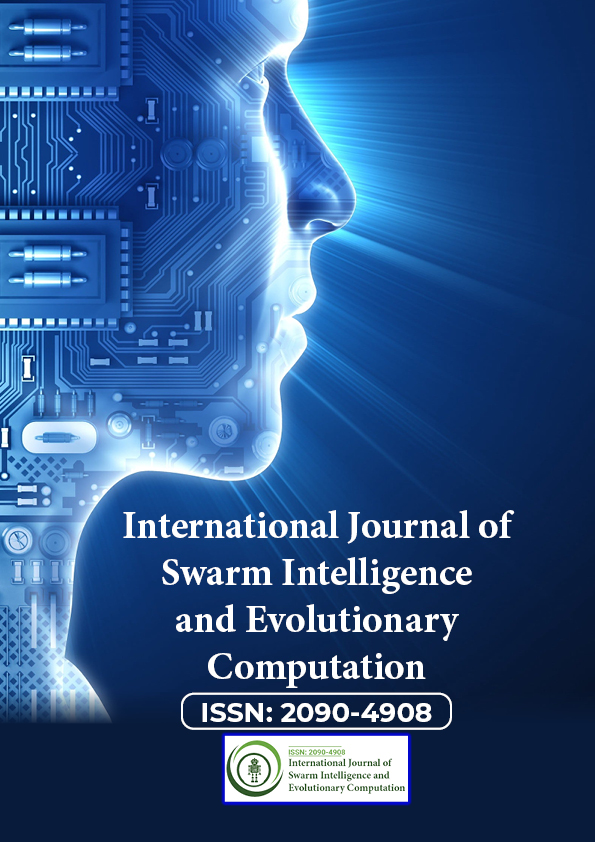Indiziert in
- Genamics JournalSeek
- RefSeek
- Hamdard-Universität
- EBSCO AZ
- OCLC – WorldCat
- Publons
- Euro-Pub
- Google Scholar
Nützliche Links
Teile diese Seite
Zeitschriftenflyer

Open-Access-Zeitschriften
- Allgemeine Wissenschaft
- Biochemie
- Bioinformatik und Systembiologie
- Chemie
- Genetik und Molekularbiologie
- Immunologie und Mikrobiologie
- Klinische Wissenschaften
- Krankenpflege und Gesundheitsfürsorge
- Landwirtschaft und Aquakultur
- Lebensmittel & Ernährung
- Maschinenbau
- Materialwissenschaften
- Medizinische Wissenschaften
- Neurowissenschaften und Psychologie
- Pharmazeutische Wissenschaften
- Umweltwissenschaften
- Veterinärwissenschaften
- Wirtschaft & Management
Abstrakt
Vertikale Bedeutung: Einführung und Ausübung zwischenmenschlicher Daten in Quantenschaltkreisen über japanische Ehrentitel
Ryder Dale Walton*
Dieser Aufsatz schlägt ein neuartiges Konzept innerhalb der Quantenverarbeitung natürlicher Sprache (QNLP) vor, um die zwischenmenschliche Metafunktion der systemisch-funktionalen Linguistik (SFL), insbesondere den Tenor, in Quantenschaltkreise zu kodieren, indem japanische Ehrentitel ernst genommen werden. Aufgrund der Voreingenommenheit gegenüber der englischen Sprache in der Literatur bleibt die Einbeziehung nuancierter Aspekte der zwischenmenschlichen Kommunikation, die in ressourcenarmen Sprachen wie Japanisch offensichtlich sind, unterentwickelt und wird übersehen. Diese Studie nutzt das Quantencomputer-Python-Paket lambeq, um insbesondere Grammatik und sozialen Kontext zu erfassen, die Rollen und Beziehungen, die zwischenmenschliche Interaktionen in Quantenschaltkreisen definieren. Der neu eingeführte Ehrentiteltyp h erreicht dieses Ziel. Diese Strategie zeigt die Fähigkeit von Quantenschaltkreisen auf, die komplexen Strukturen der Sprache zu modellieren, indem sie über die Grammatik hinaus die horizontale, textliche Dimension der SFL erweitert, um die vertikale, hierarchische Dimension der menschlichen Kommunikation und sozialen Interaktion im weiteren Sinne zu erfassen. Aus dieser Perspektive unterstreicht das Papier das Potenzial von QNLP, über die traditionelle linguistische Analyse hinauszugehen, und plädiert für ein breiteres und differenzierteres Verständnis von Sprache, das sowohl das gesprochene Wort als auch die soziale Persönlichkeit der Gesprächspartner umfasst. Ein Algorithmus zum Parsen der japanischen Grammatik in Vorgruppendiagramme mit dem Typ h wird zusammen mit einer Codebasis vorgestellt, die andere Forscher verwenden und zu der sie beitragen können. Schließlich zeigt ein binäres Klassifizierungsexperiment, dass die aus diesen Vorgruppendiagrammen generierten Schaltkreise für Anwendungen des Quantenmaschinenlernens (QML) geeignet sind.